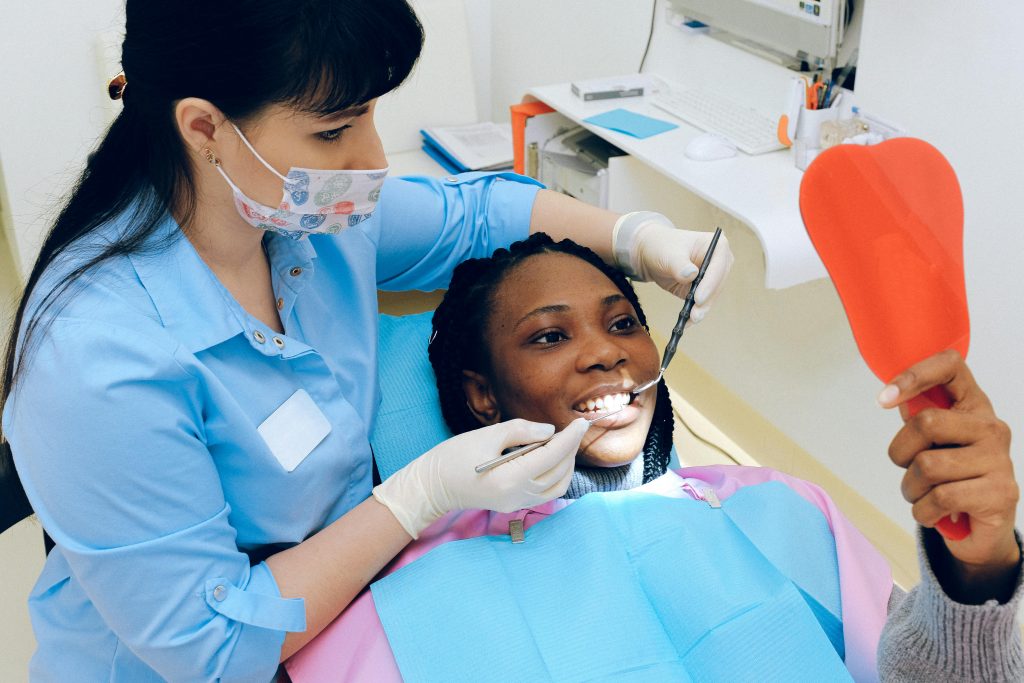In every smile, there’s a story that speaks volumes about an individual’s health, confidence, and joy. The progression of dentistry from its rudimentary beginnings to today’s high-tech era is a testament to humanity’s relentless pursuit of wellness and happiness. This evolution not only mirrors our advancement in technology but also highlights our understanding of the intricate connection between oral health and overall well-being.
Historical Perspectives
The practice of dentistry dates back thousands of years, originating with the Sumerians, who described “tooth worms” as the cause of dental decay. From the crude tools of the past to the sophisticated equipment used today, each milestone in dental history marks a step towards more effective, less painful, and more accessible dental care.
Technological advancements have been pivotal in transforming dental practices. Innovations such as the dental drill, X-rays, and fluoride treatments have revolutionized how dental professionals diagnose and treat oral health issues, significantly enhancing patient care outcomes.
The Current State of Dentistry
Today, dentistry is at the forefront of medical sciences in adopting new technologies and methodologies. Trends in dental treatments now encompass a wide range of preventative, cosmetic, and restorative procedures designed to not only treat but also prevent oral diseases.
Tele-dentistry has emerged as a game-changer, breaking down geographical barriers and making dental consultations more accessible, especially in remote areas. This innovative approach, coupled with mobile dental clinics, has significantly improved access to dental care, ensuring that more people can receive timely and effective treatment.
The Role of Artificial Intelligence in Dentistry
Artificial Intelligence (AI) is reshaping the landscape of dentistry, offering unprecedented precision in diagnostics and treatment planning. AI-driven systems are capable of analyzing dental imagery with astonishing accuracy, identifying issues such as cavities, periodontal disease, and even oral cancers at early stages. This not only enhances the effectiveness of treatments but also significantly reduces the time required for diagnosis. Furthermore, AI is instrumental in customizing patient care plans, predicting outcomes of various treatment options, and providing virtual assistance during surgical procedures, setting a new standard in personalized dental care.
The Future of Dentistry
The horizon of dentistry is shimmering with potential, thanks to the emergence of groundbreaking technologies. Developments in 3D printing, for example, are revolutionizing dental prosthetics, allowing for the rapid production of crowns, bridges, and even entire teeth with precision and efficiency previously unimaginable.
Artificial intelligence (AI) and machine learning are set to transform diagnostic procedures, enabling the early detection of conditions such as gum disease and oral cancer with unprecedented accuracy. Meanwhile, advancements in materials science promise fillings and implants that are not only more durable but also more biocompatible, reducing the risk of rejection or complications.
Impact on Consumers
For consumers, the future of dentistry, including practices such as those in Springfield MO, holds the promise of faster, more effective, and less invasive treatments. The integration of technology into dental practices not only enhances the quality of care but also significantly reduces the time and cost involved in dental procedures, making premium dental care more affordable and accessible to a broader audience.
Conclusion
The history of dentistry, from its ancient origins to a future with 3D-printed teeth and AI diagnostics, showcases our commitment to health and quality of life through innovation. Dental practices have adapted to new needs and technologies, ushering in a new era of oral healthcare with advanced treatments and better patient care. Understanding these advances is essential. Embracing innovation improves oral health outcomes, reflecting our dedication to overall well-being. As technology and healthcare merge, the role of informed patients and proactive dental professionals in creating a healthier future is crucial.

